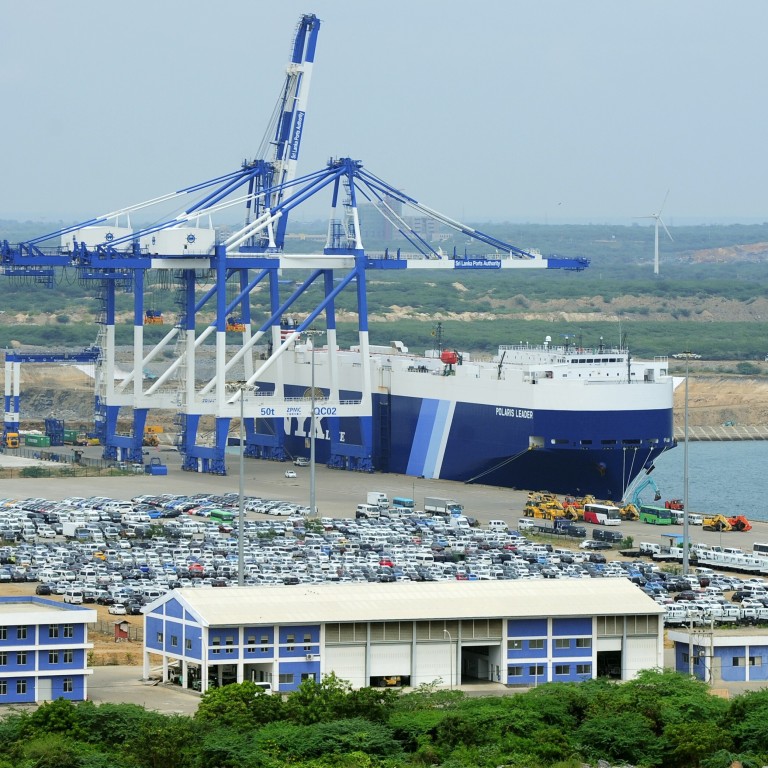
China’s belt and road: ‘sour grapes’ claims of debt-trap diplomacy are not supported by evidence
- China has often been attacked for using debt to entrap partner nations, but loan recipients are most often willing partners rather than passive victims
- The sometimes-heated reaction to the belt and road is a microcosm of the polarising impact China’s economic and strategic rise has had on the world
The Royal Institute of International Affairs, better known as Chatham House, recently held an event with the unusual and rather controversial title of “Debunking the Myth of Debt-trap Diplomacy: How Recipient Countries Shape China’s Belt and Road Initiative”.
The move coincided with the World Bank’s annual meeting in Washington. World Bank president David Malpass revealed there that the bank hopes to “standardise” what is becoming a spaghetti bowl of international infrastructure initiatives that compete with the Belt and Road Initiative.
This is happening at a time when the political spotlight is being trained on infrastructure in pre-election America and elsewhere. The realisation is dawning that the money and time involved in infrastructure building are huge and demand concerted, not competing, effort and resources.
It was thus intriguing to hear Malpass say, “it’s vital the world move towards a financing structure where multiple infrastructure projects can be pooled to reduce the risk to the entire package and that’s difficult right now because of the difference in the contracts”.
World Bank officials later declined to elaborate on Malpass’ comments beyond saying that ideas are still being thought through. However, at least the World Bank appears ready to step into a much-needed coordinating role.
This is all well and good if it can be achieved on the basis of a consensus involving China among other key powers. Up to now, the quality of Chinese infrastructure has been widely criticised even though the US and Italy, for example, have experienced recent infrastructure collapses.
“China’s development financing system is too fragmented and poorly coordinated to pursue detailed strategic objectives,” argued Lee Jones and Shahar Hameiri, speakers at the event and authors of a paper by the same name. “Developing-country governments and their associated political and economic interests co-determine the nature of BRI projects on their territory.”

03:56
Can Malaysia strike a deal with China for its East Coast Rail Link?
The belt and road is a microcosm of the polarising impact that China’s economic and strategic rise has had on the world’s major and minor powers. This could result in either a new cold war or a new era of detente and cooperation. There are still risks of the former but also glimmers of hope for the latter.
Anthony Rowley is a veteran journalist specialising in Asian economic and financial affairs

